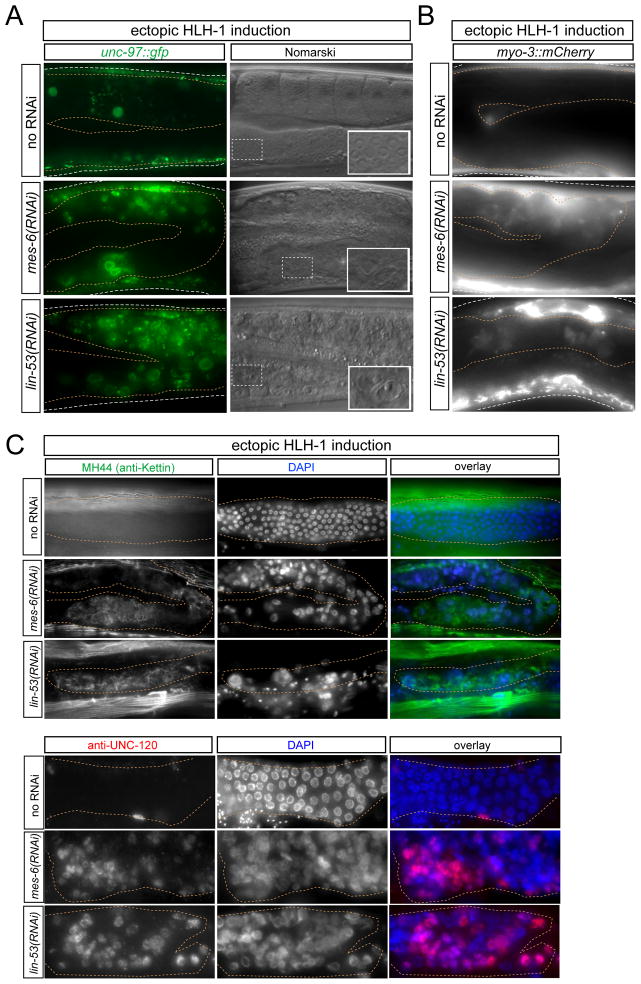Fig. 4. Conversion of germ cells into muscle cells.
The progeny of RNAi-treated animals were analyzed for muscle marker expression ~24 hours after heat-shock promoter-mediated hlh-1 induction at larval stages (otEx4945 transgene).
(A) Induction of the LIM domain protein UNC-97, as observed with an unc-97::gfp translational fusion transgene mgIs25. UNC-97 protein is known to localize in muscle cells to both dense bodies (cellular attachment structures) as well as the nuclear periphery (Hobert et al., 1999). Some converted nuclei also showed a muscle-like morphology based on size and localization of UNC-97 at the nuclear periphery.
(B) Induction of the myosin gene, as assessed with the myo-3 transgene otIs377.
(C) Induction of the myofibrillar, actin-binding Kettin protein as assessd with antibody MH44 and of the myogenic transcription factor UNC-120, as assessed by anti-UNC120 antibody staining.

